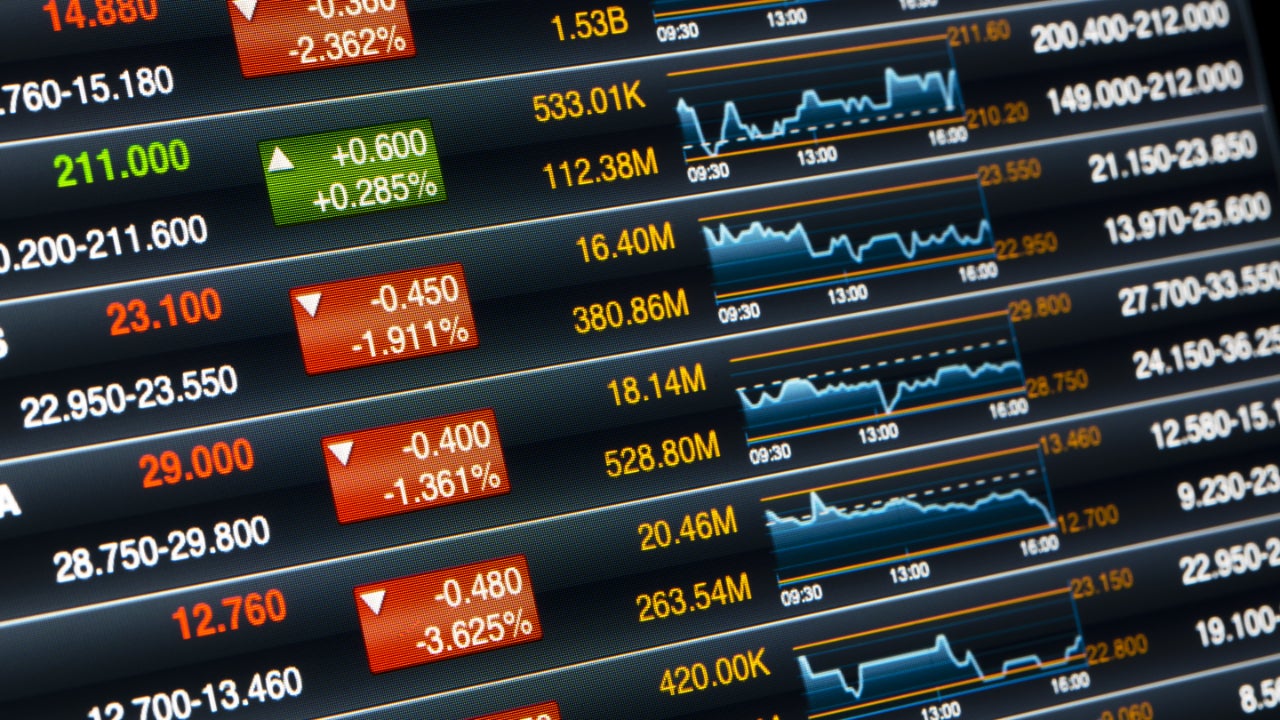In the fast-paced world of trading, where fortunes can shift with the blink of an eye, honing your skills without incurring financial risk might seem like a daunting task. Enter market simulations—a powerful tool that transforms the learning experience into a vibrant, interactive journey.
Imagine stepping into a virtual trading floor, where every decision you make unfolds within a risk-free environment. These simulations offer a playground for traders, both novice and seasoned, to experiment with strategies, grapple with market nuances, and gain the invaluable confidence needed before navigating real-world transactions.
Whether you’re looking to understand the dynamics of stock trading, test out a new strategy, or simply familiarize yourself with market conditions, market simulations provide a unique and essential platform for growth and exploration. So, how can you effectively harness this innovative approach to elevate your trading game? Let’s delve into the fascinating world of market simulations and unlock their potential for your trading practice.
Introduction to Market Simulations

Market simulations serve as a powerful tool for both novice and seasoned traders, offering a dynamic environment to hone trading skills without the financial risks associated with real investments. Imagine diving into a virtual trading floor where market trends fluctuate, news events impact stock prices, and your decisions shape the outcome.
Tools like a market replay simulator enhance this experience by allowing traders to replay and analyze past market conditions, helping them test strategies, validate hypotheses, and understand market mechanics—an invaluable experience, especially when starting out. The beauty of these simulations lies in their ability to mimic real-world scenarios, complete with chart analysis and trading platforms, yet devoid of the stress of actual capital loss.
As you engage with these simulations, you can refine your skills, analyze your performance, and emerge better prepared for the unpredictable nature of the financial world. In this guide, we’ll explore how to effectively utilize market simulations to elevate your trading acumen and build confidence step by step.
Getting Started with Market Simulations

Getting started with market simulations can be both exhilarating and daunting, especially for those new to trading. First, choose a reputable trading platform that offers simulation tools; many popular brokerages provide user-friendly interfaces that mimic real trading environments.
Once youve set up your account, take time to familiarize yourself with the dashboard. Experiment with different features without the pressure of real money on the line.
Dive deep into market analysis and refine your strategy, perhaps starting with a simple approach before gradually incorporating more sophisticated techniques. Remember, the beauty of simulation lies in its ability to let you learn from your mistakes—so don’t shy away from experimenting boldly.
As you navigate through simulated highs and lows, you’ll not only build confidence but also gain invaluable insights that will serve you well in the real trading arena.
Types of Market Simulations

Market simulations come in various forms, each tailored to meet the unique needs of traders aiming to hone their skills without the specter of real financial loss looming overhead. One prevalent type is the virtual trading platform, where participants can buy and sell real-time stocks using simulated funds, mimicking the exhilarating tempo of actual market dynamics.
Then, there are scenario-based simulations, which plunge users into meticulously crafted market conditions, forcing them to strategize under pressures similar to those faced in real trading environments. Additionally, some simulations focus on specific asset classes—be it forex, commodities, or cryptocurrencies—allowing traders to deepen their expertise in niche markets.
Each type offers a dynamic learning experience, illuminating different strategies and enhancing decision-making abilities in a risk-free setting. Ultimately, the diversity in market simulations empowers traders to experiment and discover what works for them, paving the way for a more profound understanding of the trading landscape.
Conclusion
In conclusion, market simulations present an invaluable tool for traders seeking to refine their skills and test strategies without the inherent risks of real market trading. By utilizing tools such as a market replay simulator, individuals can immerse themselves in past market conditions, allowing for a deeper understanding of price movements and trading patterns.
This hands-on approach not only fosters confidence but also prepares traders to navigate live markets with greater insight and competence. Ultimately, incorporating market simulations into your trading practice can lead to more informed decisions, improved performance, and a stronger foundation for future success in the financial world.


